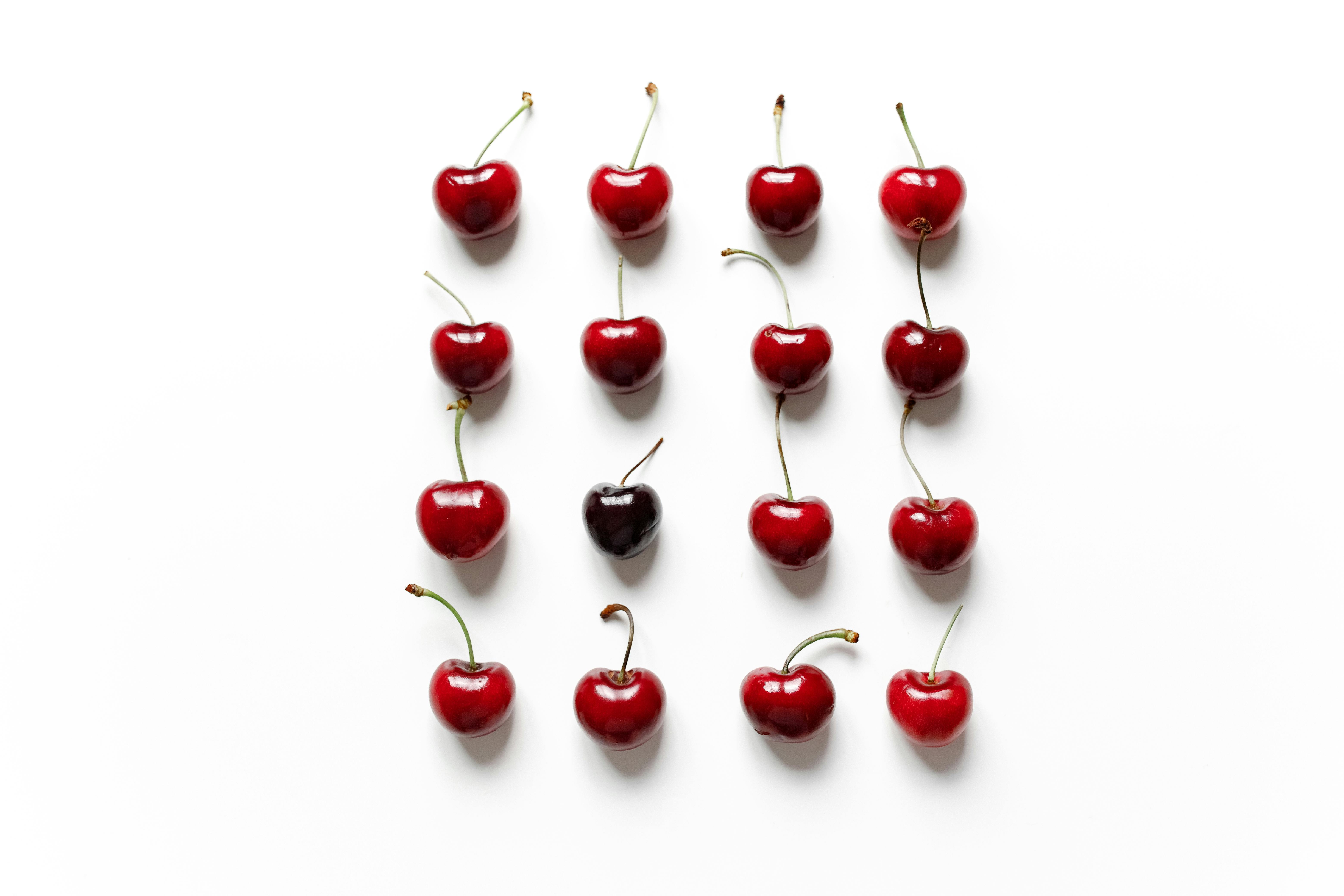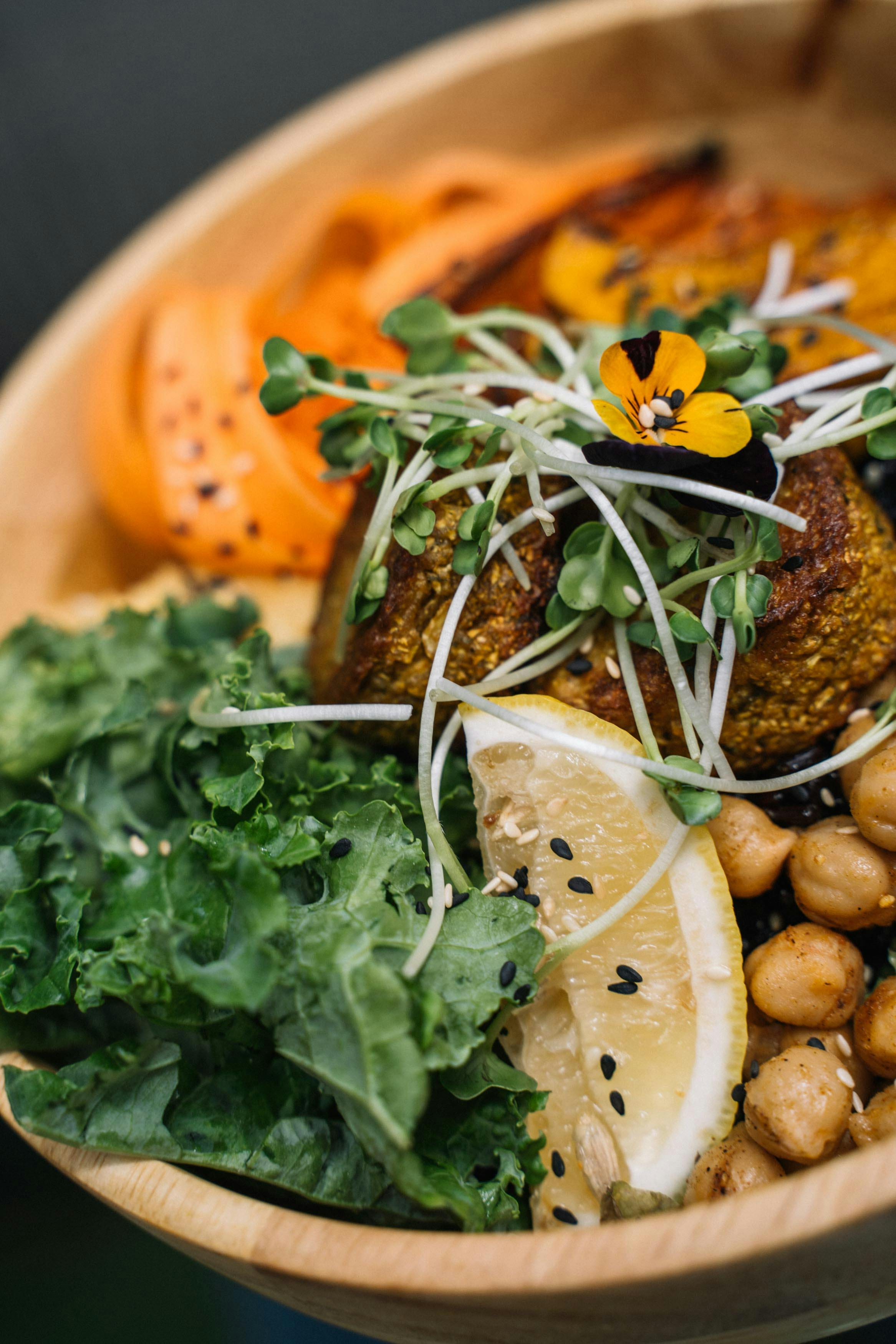
Effective Ways to Manage Hemochromatosis Diet for Better Health in 2025
Managing a hemochromatosis diet is crucial for individuals dealing with iron overload conditions. Hemochromatosis is a genetic disorder that causes excessive iron absorption in the body, which can lead to serious health issues, particularly affecting liver health. Following specific dietary guidelines helps mitigate these effects, enabling better health outcomes. In this article, we will explore effective strategies for managing a hemochromatosis diet while emphasizing the importance of nutritional balance, meal planning, and lifestyle adjustments.
Understanding the nuances of dietary choices is imperative. This includes recognizing which foods to avoid and which to embrace, as well as effective cooking methods that reduce iron content. Additionally, we will discuss the significance of moderation, hydration, and the timing of meals. As we delve deeper into hemochromatosis management, we’ll provide practical tips and a personalized diet plan, essential for ensuring optimal health.

By the end of this article, readers will gain a comprehensive understanding of managing their dietary restrictions and will be empowered to make informed choices that positively influence their health.
Key Dietary Guidelines for Hemochromatosis Management
Building on the importance of a tailored diet for managing hemochromatosis, understanding key dietary guidelines is the first step toward better health. Nutritional assessment and personalized diet plans significantly contribute to effectively managing iron levels. Initially, recognizing high ferritin levels and the associated health risks of iron is crucial. This knowledge will help in tailoring specific dietary guidelines aimed at minimizing dietary iron absorption.
Understanding Iron Sources and Their Impact
Iron intake is commonly categorized into heme and non-heme iron, with heme iron found in animal products being more efficiently absorbed by the body. Red meat, poultry, and fish are primary sources of heme iron, and dietary sources of iron should be limited for those with high ferritin levels. Conversely, non-heme iron is found in plant-based foods such as legumes, grains, and vegetables which should be incorporated into a balanced hemochromatosis meal plan, ensuring the appropriate alternatives are chosen.
Foods to Avoid for Better Health
Identifying foods to avoid is critical for those with iron overload. Key recommendations include limiting red meat intake and avoiding high iron foods like shellfish and fortified cereals. A practical approach to dietary management is being vigilant about reading labels for iron content and choosing low-iron foods such as fruits, vegetables, and low-fat dairy products. Additionally, the consumption of Vitamin C-rich foods should be moderated as they can enhance iron absorption.
Cooking Methods and Their Effects
How you prepare your food can dramatically impact iron levels. Uncovering healthy cooking techniques, such as steaming, roasting, and baking can help limit iron leaching from cooking vessels into food. It’s essential to choose cooking oils wisely, opting for those known to be beneficial for liver health. Integrating herbs and spices can also enhance flavor without adding excess iron.
Balancing Your Hemochromatosis Meal Plan
With these guidelines established, the next step is creating a balanced meal plan tailored for hemochromatosis management. A practical approach includes portion control and meal frequency adjustments to manage iron intake effectively.
Portion Control and Meal Timing
Portion control plays a vital role in managing hemochromatosis. Understanding portion sizes for hemochromatosis allows individuals to enjoy a variety of foods while keeping iron intake in check. Additionally, meal timing can influence iron metabolism; spacing meals to include snacks rich in fiber can reduce iron absorption, providing a holistic approach to dietary management.
Hydration and Its Role
Staying hydrated is essential for overall health and particularly beneficial for those with liver concerns. Drinking sufficient water not only aids in digestion but also assists in flushing excess iron from the body. Exploring herbal teas, which may have additional antioxidant benefits, can also support a healthy hydration routine.
Exploring Nutrient Interactions
Understanding the interactions between various nutrients is essential for effective hemochromatosis management. Certain foods such as dairy can inhibit iron absorption when consumed alongside iron-rich meals. Focusing on fiber intake and incorporating antioxidants into your diet can also create a barrier against iron overload, thus promoting better liver health.

Incorporating Antioxidants in Your Diet
Antioxidants play a significant role in combating oxidative stress caused by iron overload. Foods high in antioxidants can help protect the liver and improve overall wellness. Incorporating a variety of colorful fruits and vegetables can enhance your meals, providing essential vitamins and minerals critical for sustaining health.
Fruits and Vegetables to Prioritize
Choosing the right fruits and vegetables is essential for a supportive hemochromatosis diet. Emphasizing foods known for their high antioxidant properties, such as berries, spinach, and cruciferous vegetables, can be particularly beneficial. These foods not only provide essential nutrients but also enhance overall health while minimizing risks associated with high iron levels.
Whole Grains and Fiber Sources
Integrating whole grains into your hemochromatosis meal plan can help manage iron absorption effectively. Foods such as oats, quinoa, and brown rice provide essential fiber, which aids digestion and reduces excessive iron absorption. Exploring legume and pulse options can further diversify your meals while ensuring the necessary nutrient balance.
Healthy Cooking Oils and Seasoning Practices
Using healthy cooking oils can support liver health as part of a balanced diet for hemochromatosis. Olive oil and avocado oil are excellent choices, providing beneficial fats without contributing to iron overload. Moreover, seasoning foods with garlic, turmeric, and herbs can enhance flavor while promoting health benefits without the added iron risk.
Practical Meal Planning Tips and Techniques
Having practical tips on meal planning can simplify the process of sticking to a hemochromatosis diet. Effective grocery shopping strategies, recipe ideas, and understanding nutritional content will ensure that dietary goals are met successfully.
Grocery Shopping Tips for a Low Iron Diet
When grocery shopping, prioritize fresh produce, whole grains, and lean proteins while diligently checking labels for iron content. Learning to recognize hidden sources of iron in processed foods is essential for maintaining dietary restrictions. Furthermore, keeping a list of low-iron snacks can help when planning meals and grocery trips efficiently.
Creative Recipe Ideas for Hemochromatosis
Implementing creative dietary choices can keep meals interesting and nutritionally balanced. Exploring recipes that incorporate many low-iron ingredients ensures enjoyable meal times while adhering to dietary restrictions. For example, vegetable stir-fries, quinoa salads, and lentil soups can provide nutrient-density without excess iron.
Engaging with Nutritionist Advice
Consulting with a nutritionist familiar with hemochromatosis can greatly enhance personal dietary management. Seeking professional guidance can help develop a personalized diet plan, addressing unique needs and ensuring optimal nutrient intake while managing iron overload.
Monitoring Your Progress and Adjustments
Lastly, continuous monitoring of health indicators, including regular lab tests for iron and ferritin levels, is vital for anyone managing hemochromatosis. This ongoing assessment allows for timely adjustments to the diet based on individual progress and needs.
The Importance of Regular Lab Tests for Iron
Regular liver function tests and iron metabolism assessments can provide insight into health status and dietary efficacy. Keeping an eye on lab results enables individuals to understand their iron balance and make necessary dietary adjustments.
Addressing Nutritional Deficiencies
Being vigilant regarding potential nutritional deficiencies associated with hemochromatosis is key for holistic health. Ensuring a balanced intake can prevent feelings of fatigue or weakness often associated with dietary limitations. Monitoring and adjusting nutrient intake, such as sufficient Vitamin D and E sources, is beneficial.
Community Support for Hemochromatosis Management
Engaging with community support groups can provide emotional stability and practical advice from others experiencing similar challenges. Sharing experiences and strategies promotes a comprehensive understanding of hemochromatosis, fostering a solid foundation for personal management.
Questions and Answers About Hemochromatosis Diet
What foods should I completely avoid on a hemochromatosis diet?
Foods high in iron, particularly heme iron sources such as red meat and certain types of seafood, should be avoided. Additionally, fortified cereals and excessive Vitamin C-rich foods can increase iron absorption and should be limited.
Can cooking methods help reduce iron levels in food?
Yes, certain cooking methods like steaming or baking can help minimize iron leaching from food. Choosing the right cookware can also impact iron absorption.
How often should I monitor my iron levels?
Regular monitoring every 3-6 months is recommended to track ferritin levels and adjust dietary practices accordingly. Your healthcare provider will guide this based on your specific health status.
What role do supplements play in managing hemochromatosis?
Iron supplementation should generally be avoided in individuals with hemochromatosis. Instead, focus on obtaining nutrients from food sources and consult a healthcare provider before integrating any supplements.
Are there any lifestyle changes that can benefit a hemochromatosis diet?
Yes, maintaining a healthy weight, staying hydrated, and including regular physical activity are essential lifestyle changes that support liver health and overall well-being.